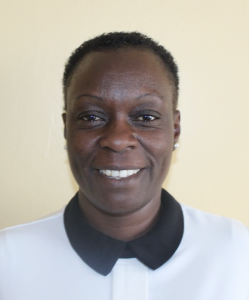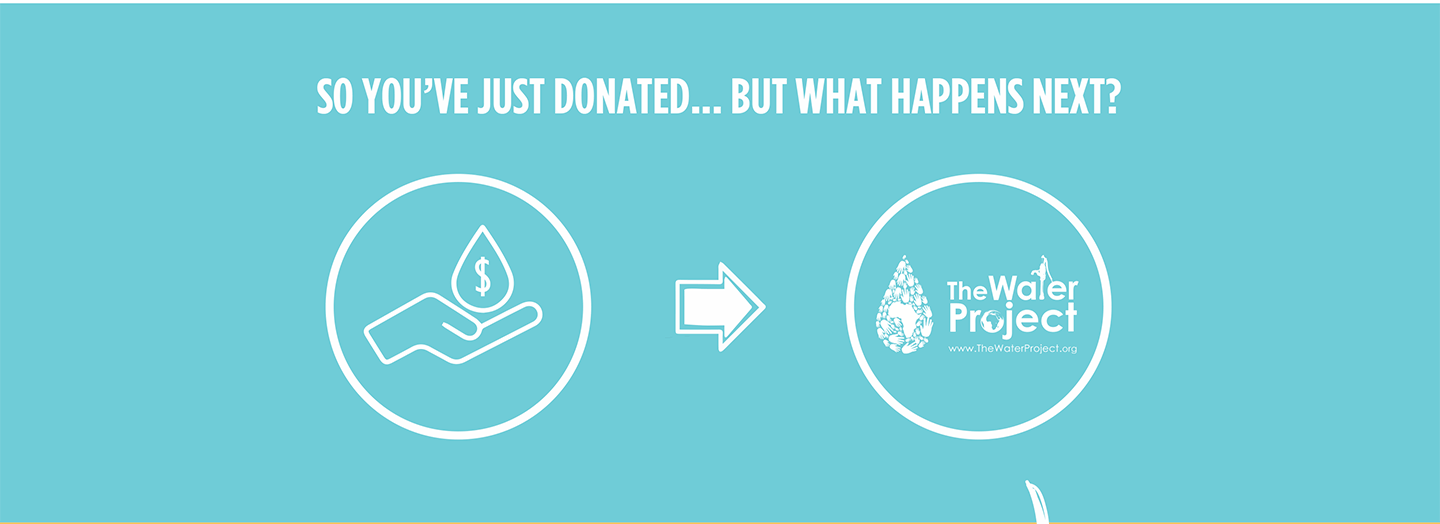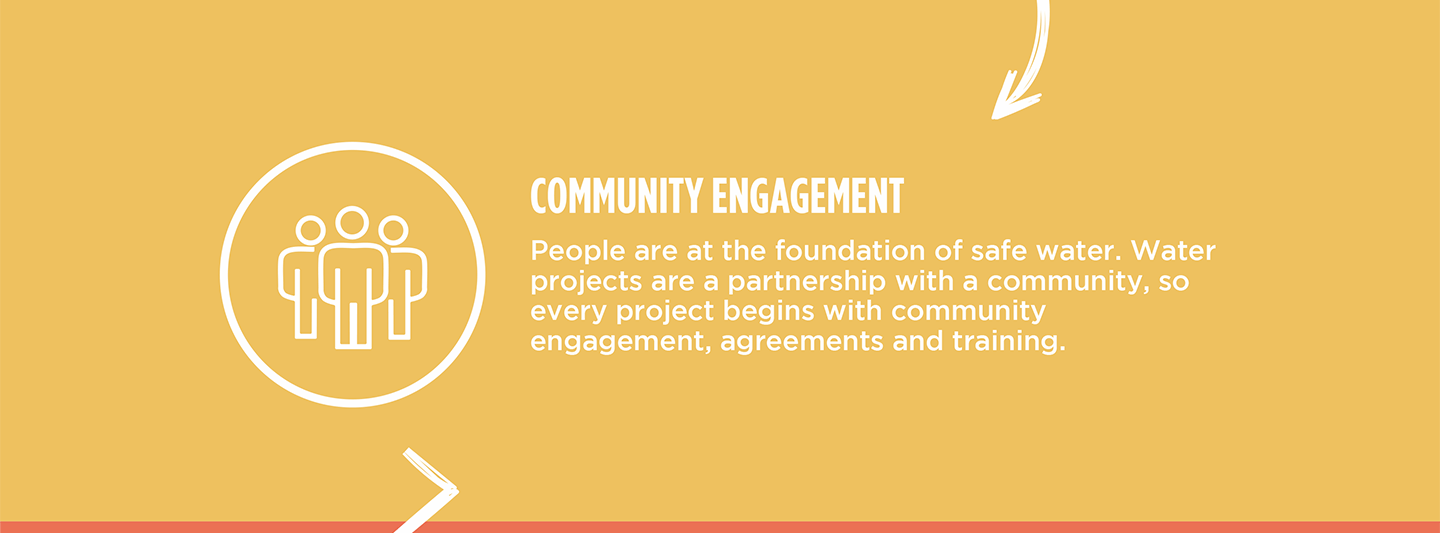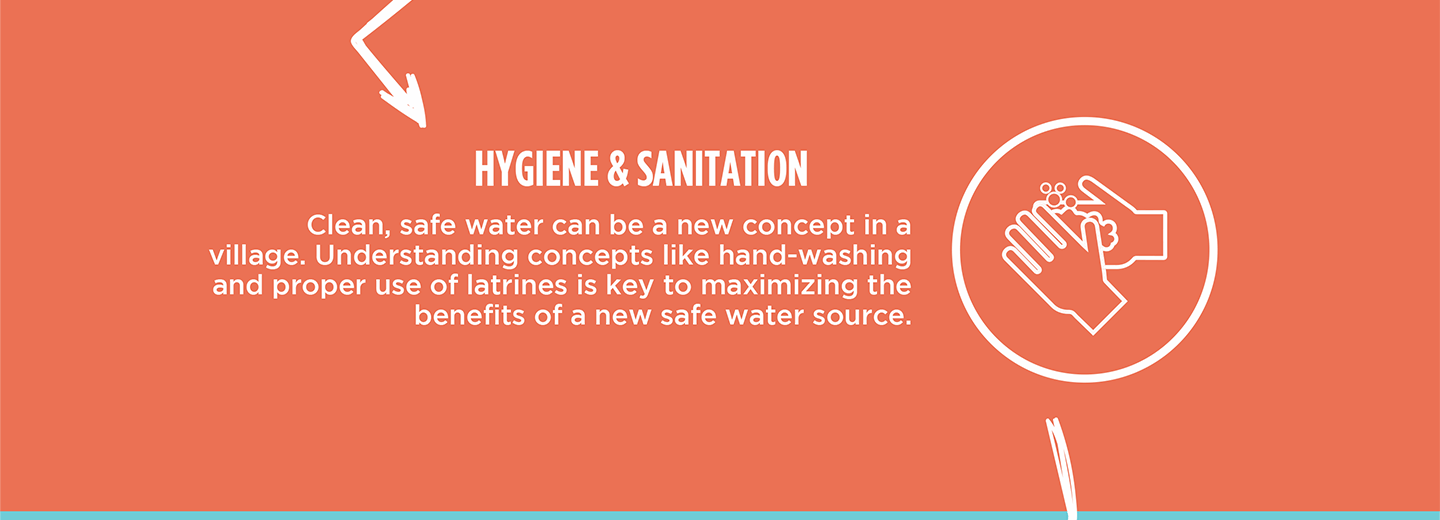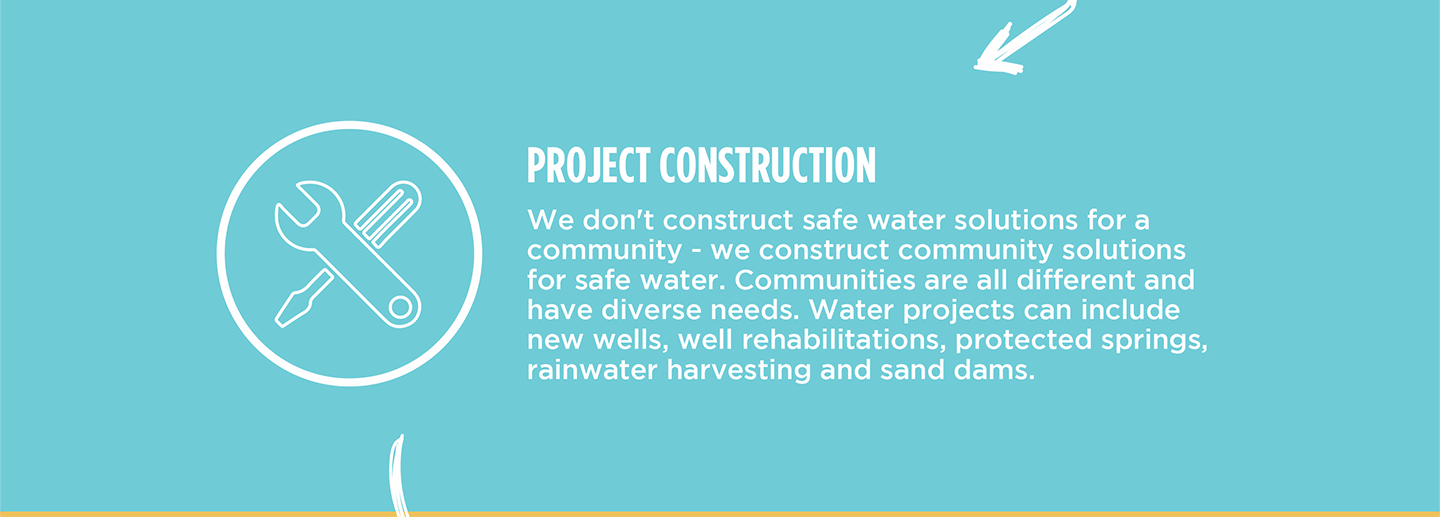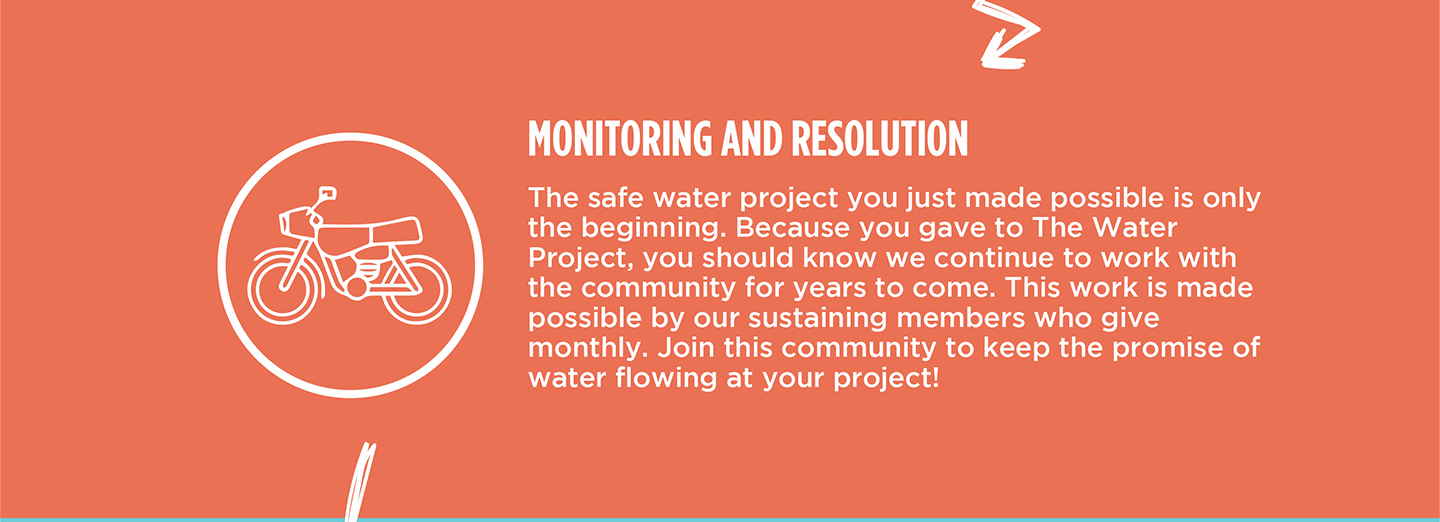May, 2025: Iyala Community Spring Protection Complete!
Your contribution has made access to clean water for the Iyala Community possible!
We transformed their spring into a flowing source of naturally filtered water. A chlorine dispenser was installed to provide added protection, and we trained the community on improved sanitation and hygiene practices. Together, these components will unlock the opportunity for community members to thrive!

Community women celebrate at the protected spring.
Joseph Khaluma is a community health promoter, and he has been dreaming of how clean water will change their community. He said, "Access to water will help me as a community health promoter have confidence when educating my community members about hygiene. I am sure of the source, and this will help me achieve my monthly targets. My dream is to eradicate typhoid in this village, and this can only be achieved when the water for drinking and general cleanliness is per the way our spring has been made. This will help our children go to school without ill health issues."

Mr. Khaluma.
Children were just as excited as adults about clean water access!
10-year-old Praise already knows what she plans to do with accessible water.
"Reliable water will really improve my life positively. One thing I am now sure of is cleanliness. I have been bathing twice a week because we have been having long queues at the spring, especially in the evenings when everyone is [home] from school and others from their casual labor. This, for a long [time], has made me not [have enough] time to fetch water to bathe in the evenings. Currently, I am a happy girl that I will practice my personal hygiene well."

Praise.
Preparing for Spring Protection
Community members worked together to source all locally available construction materials for the spring. These included bricks, sand, stones, and fencing poles. Because people have to carry most items by hand, the material-collection process can take anywhere from a few weeks to months.

When the community was ready, we delivered the remaining construction materials, including cement, plastic tarps, and hardware. Then our construction artisan and field officers deployed to the spring to begin work.
Protecting the Spring: A Step-by-Step Process
First, we excavated the spring area. This includes digging a drainage channel below the spring and several runoff diversion channels above and around the spring to help divert surface contaminants away.

Excavation begins!
To ensure community members could still access water throughout the construction process, we also dug temporary channels around the construction site to allow water to continue to flow. Excavation created space for setting the spring's foundation.

Laying the spring's foundation.
After establishing the base, made of thick plastic, wire, concrete and waterproof cement, we started brickwork to build the spring walls and stairs. Once the walls were tall enough, we began one of the most crucial steps: setting the discharge pipes. The discharge pipes need to be positioned low enough so the water level never rises above the spring's eye yet high enough to allow room for the average collection container (20 liters) to sit beneath the pipes without making contact to prevent cross-contamination.

If we place the pipes too high, back pressure could force water to emerge elsewhere. Too low, and community members would not be able to access the water easily.

Setting stones on the sides of the spring to prevent erosion.
In coordination with the walls and stairs, we cemented stones on both sides of the spring's drainage channel. These stones discourage people and animals from standing in that area, which could cause soil erosion and a clogged drainage area.

Plastering the walls and stairs.
We then cemented and plastered the spring walls. These finishing layers reinforce the brickwork and prevent water in the reservoir from seeping through. In turn, enough pressure builds to push water out through the discharge pipes.

Setting tiles beneath the discharge pipes to prevent erosion.
As the walls cured, we finished the stairs and installed tiles beneath the discharge pipes. The tiles protect the concrete from the falling water's erosive force.

Filling the reservoir with large, clean stones.
We redirected the temporary diversion channels back into the reservoir box and closed all other exits to force water through only the discharge pipe. We filled the reservoir area with the large, clean stones, arranging them in layers like a well-fitting puzzle. We covered the rocks with thick plastic and piled enough dirt on top to compensate for future settling.
Community members transplanted grass to help prevent erosion, and the collection area was fenced. The fence prevents people or animals from walking in the area above the spring, as compaction of this area can potentially compromise water quality.
The construction process took about two weeks of work and patience. As soon as the spring was ready, people got the okay from their local field officers to fetch water.

The spring is now protected and ready to use!
We officially gave ownership of the waterpoint to the Iyala Community.
Facilitator Jemimmah Khasoha depicted the dedication ceremony:
"It was a calm, windy Saturday evening when we arrived at the spring. The moment was graced with the glory from the evening sunset. The harmonious chirping of crickets and birds in the air announced that the day is on its final lap. The local authority representative, the community health practitioner, and both the young and old community members were in attendance with their multicolored water containers ready to fetch water from the newly protected spring. An ex-chief called the gathering to order and commenced the business of the day with a word of prayer, then handed over the program to The Water Project field officer. The field officer began by congratulating the community members for their commitment and unwavering support they gave in ensuring the project was completed without any deterrence. She then requested the community members to own the project and put it to good use for the many generations to come. She finalized by enumerating a list of do's and don'ts, with respect to the waterpoint, and gave the closing prayer. After which, she handed the project over to the community. As a sign of reception, the chairman of the Water User Committee and the ex-chief cut the ribbon; thus, the other members broke into songs of gratitude and praises to The Water Project for the immense milestone they've given, [providing] access to safe and clean water. Women could not hide their joy and dancing moves. Men alike were not left behind."
Happiness and thanksgiving flowed in all directions!
Training on Health, Hygiene, and More
Together with the community, we found their preferred date for training. When the day arrived, facilitators Jemimmah Khasoha and Daniel Mutuku deployed to the site to lead the event. 28 people attended the training, including 16 women and 12 men.

Training in session.
We discussed personal, oral, and environmental hygiene, emphasizing proper water handling, soap-making, and the ten steps of handwashing. We also highlighted the importance of primary health care and covered the operation and maintenance of the water point, as well as leadership and governance. By the end of the training, each participant had a clear understanding of their role in maintaining clean water and promoting good health within their community.

Soapmaking training session.
We held an election for the newly formed water user committee who will oversee the maintenance of the spring. We brainstormed income-generating activities and encouraged them to start a group savings account for future minor repairs to the spring.
Facilitator Jemimmah Khasoha said of the event, "It was a very commendable process, probably the best ever. The participants arrived in good time in large numbers and fully participated in the training and discussion session. The interactive session was a great gesture of [a] teachable spirit. This, to me, means readiness to make things change in the community."

Valary.
16-year-old Valary was significantly impacted by the training. She said, "I have always believed that my father and brothers knew nothing about menstrual hygiene. Today, I have been surprised to learn from their immense wealth of knowledge about this topic. Going forward, the stigma of acquiring sanitary pads and handling them, even at home, is done with. I believe that the self-esteem of many women and adolescent girls has been positively impacted."
Thank you for making all of this possible!







 Protected Spring
Protected Spring
 Rehabilitation Project
Rehabilitation Project










